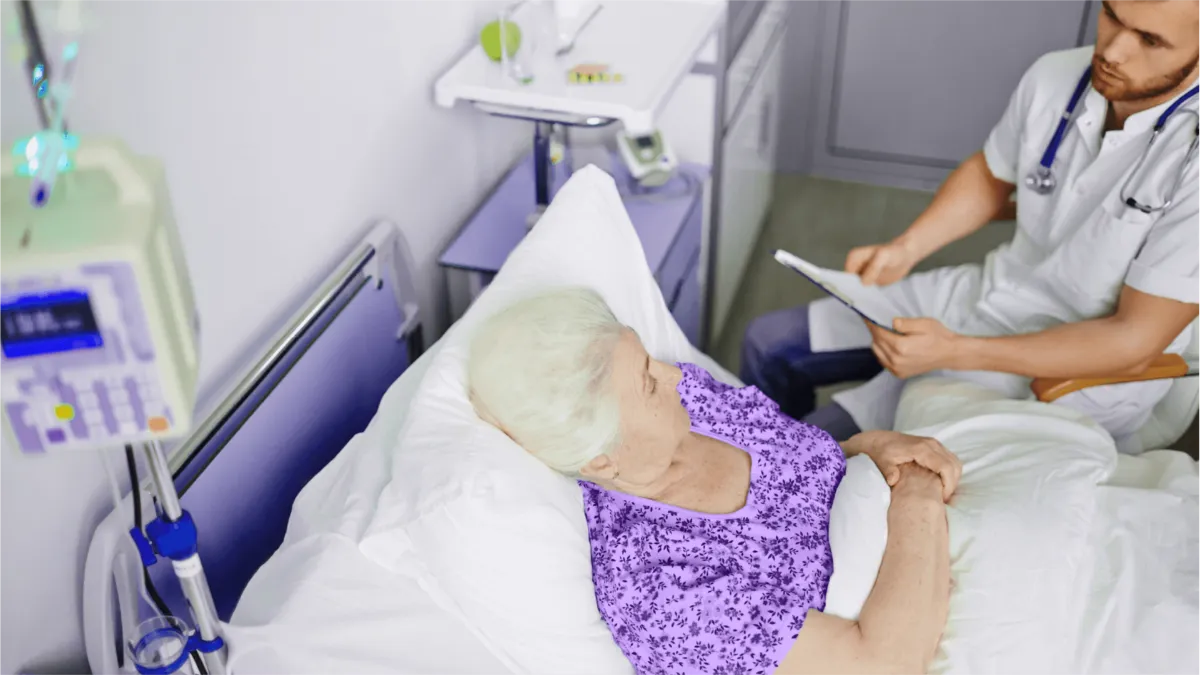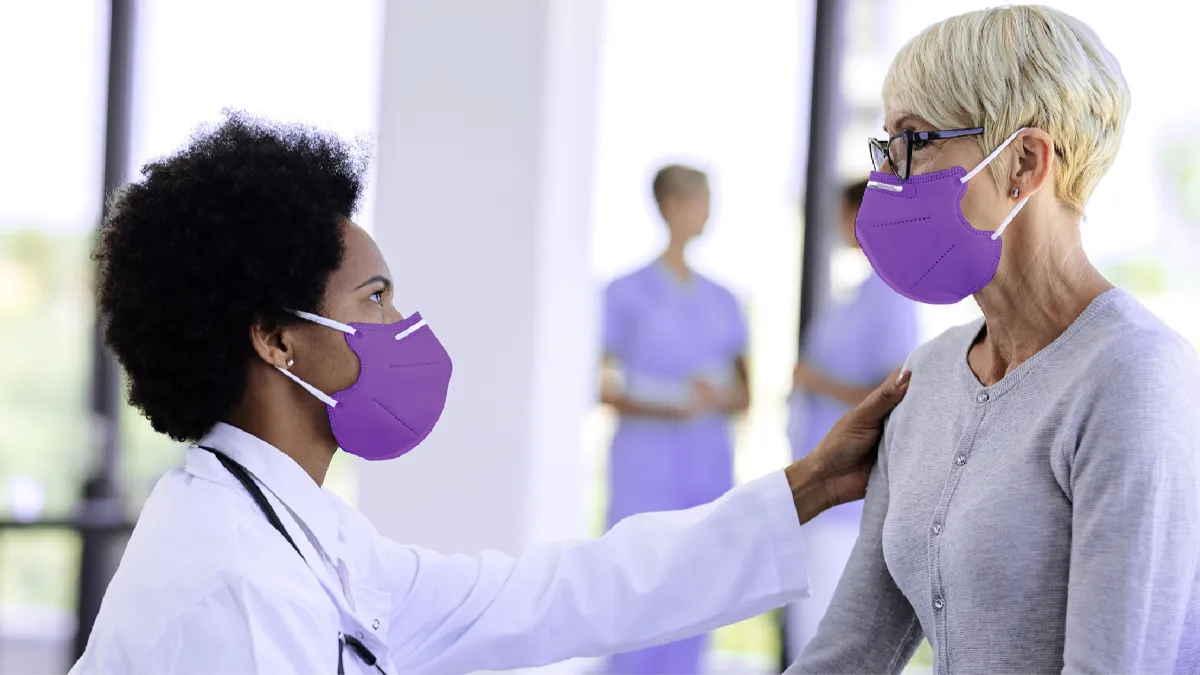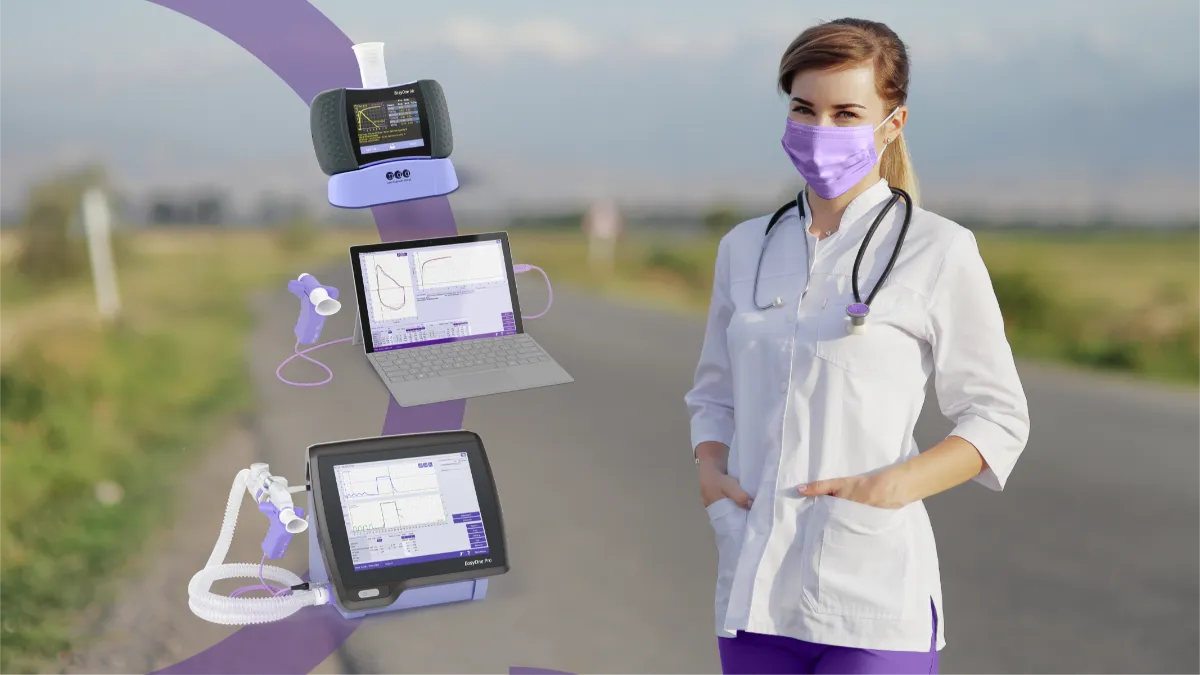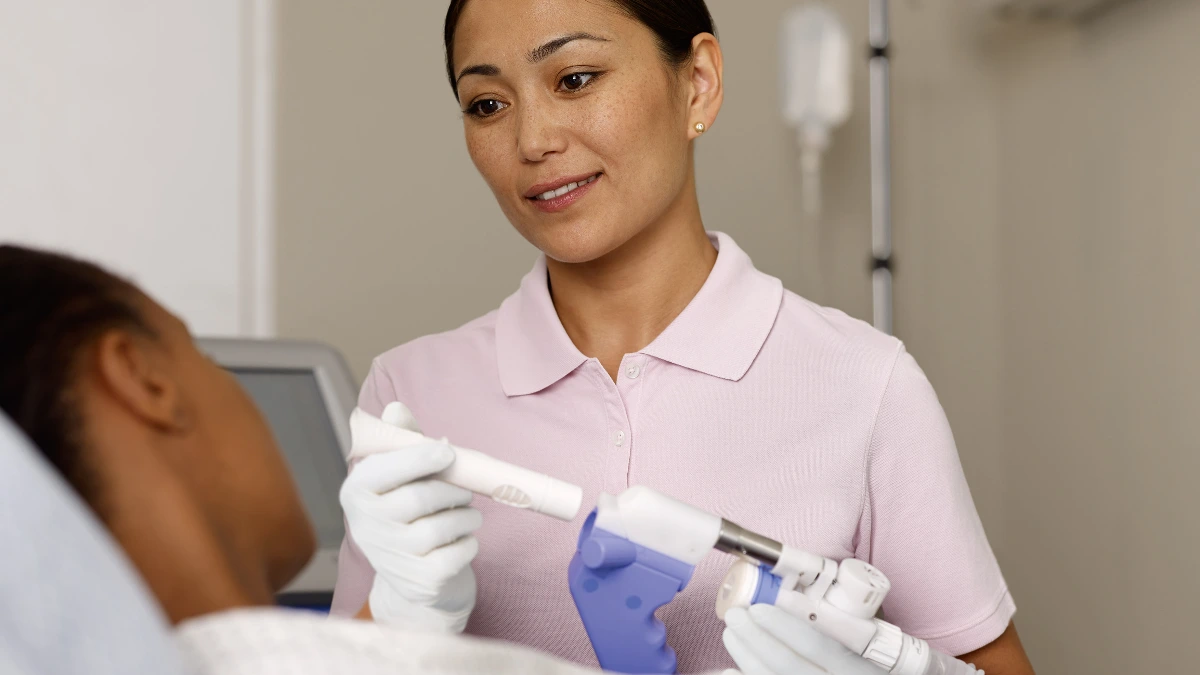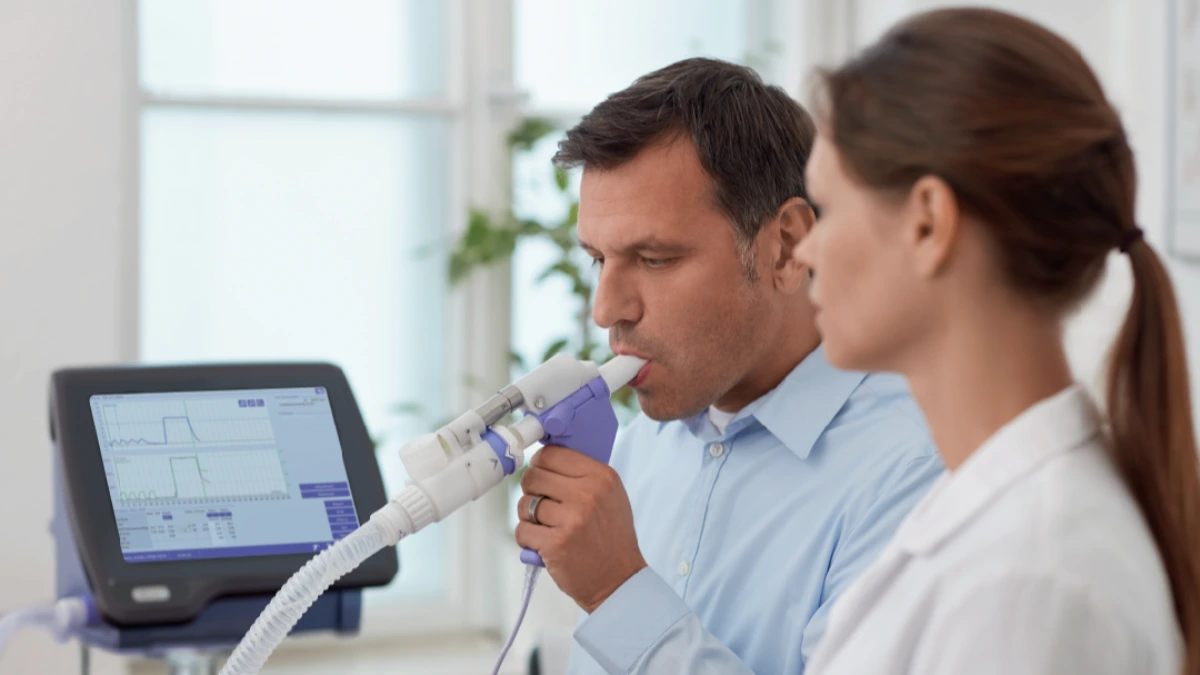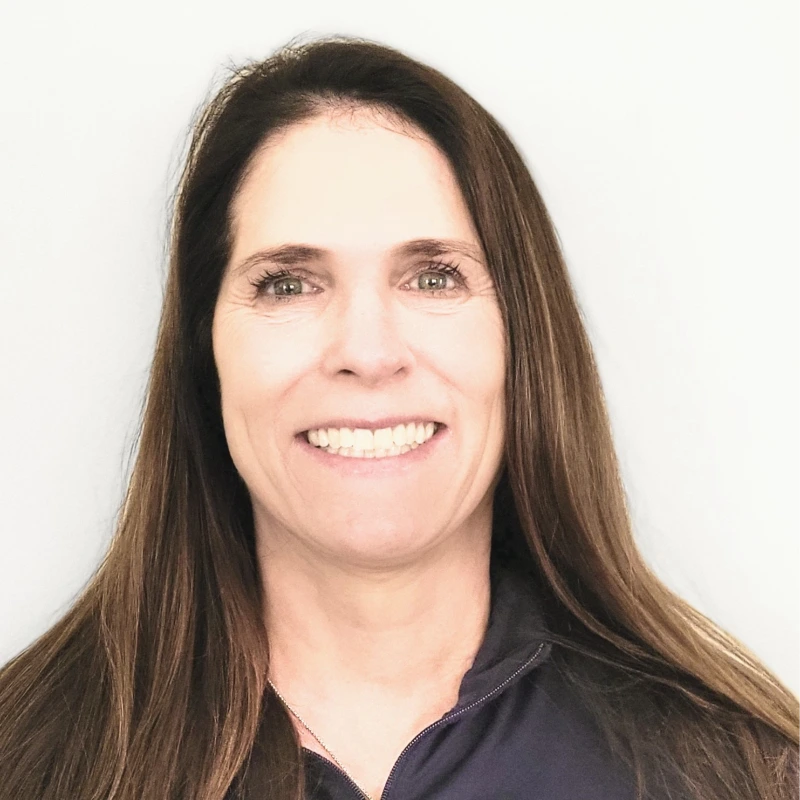ndd TrueFlow Technology used at great depths in freedivers
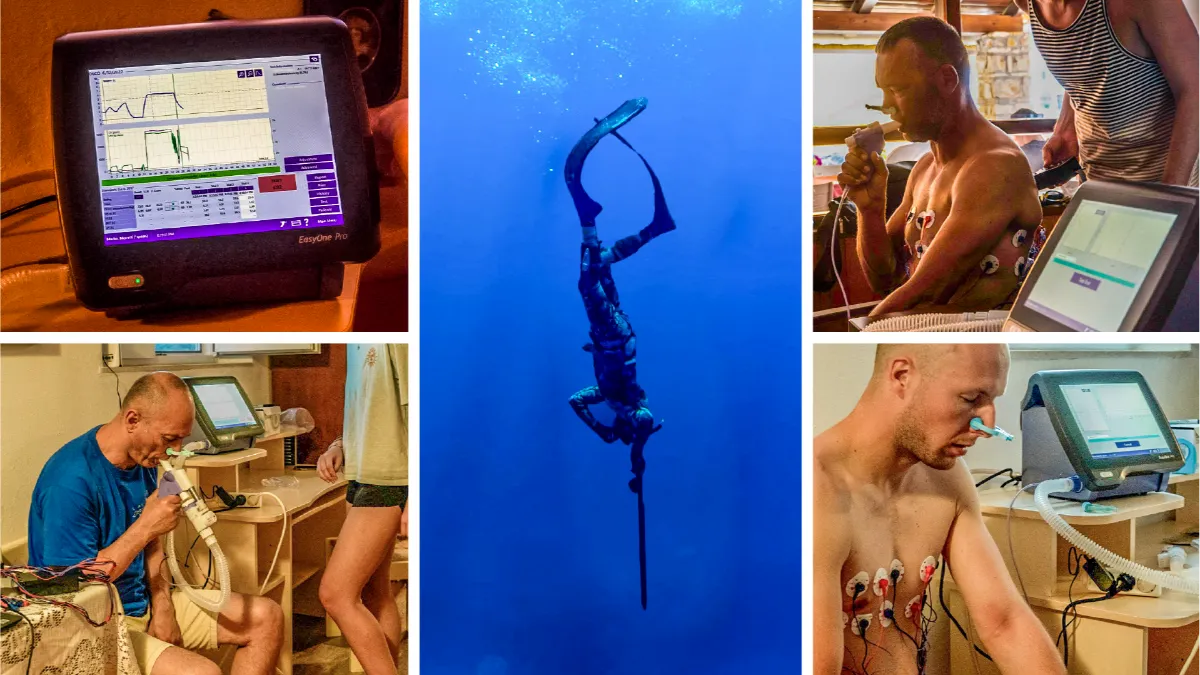
Researchers at Oceanogràfic are using ndd’s TrueFlow Technology to test freedivers’ lung function and gas exchange.
With freedivers facing challenges that include pulmonary barotrauma and emphysema, this research is critical to understanding how freediving affects lung health.
What is freediving? #
Freediving is the practice of diving into deep waters with only one breath, using no breathing apparatus. Freedivers are highly skilled and trained to descend into the ocean while holding their breath.
Freedivers dive for both competition and recreation. The depth and duration at which they descend vary.
Spear fishermen, for example, spend time at the surface and go down to approach a fish or wait and ambush. The depth of the dive depends on the location, diver, and type of fish but ranges from 5 to 40 meters.
The deepest no-limit free dive occurred in Greece in 2012, at 253 meters with technical assistance. However, this is an extreme example; most experienced freedivers reach depths of around 12 meters.
Freedivers don’t just jump into the deep waters without the proper skills. They practice and learn techniques to prepare themselves for the sport. There are four types of freediving:
Static Apnea
Static apnea is the practice of holding your breath for as long as possible while floating face down in the water. It’s a crucial step to becoming a skilled freediver, as it allows the body to recognize the body’s physical sensations of carbon dioxide (CO2) build-up.
As we hold our breath and refrain from exhaling CO2, it builds up, alerting us to breathe, often before we need to. The signal to breathe is one of the body’s survival mechanisms. With the proper training, the body can overcome the need to breathe at that moment, and divers can learn to hold their breath much longer.
Dynamic Apnea
Dynamic apnea combines static apnea with movement. To practice dynamic apnea, divers swim horizontally, striving for distance while remaining underwater. The body’s signal to breathe becomes more sensitive with dynamic than static apnea. It’s during this type of freediving that divers work on their form.
Free Immersion
During free immersion, divers use a rope or line along which they pull themselves down as far as they can and ascend back to the surface.
Constant Weight
During constant weight freediving, divers use only their own power and control to push themselves under water. They start and end their dives without changing their ballast.
What challenges do freedivers face? #
Freedivers face the challenges of exhaustion, fatigue, dehydration, and hypothermia. Depending on the depth and depth-surface durations, freedivers may experience decompression sickness and pulmonary barotrauma.
Decompression sickness occurs in freedivers when they don’t take enough time to resurface, and nitrogen builds up in the blood. Decompression causes nitrogen bubbles in body tissues, resulting in muscle and joint pain, nausea, numbness, cramps, and paralysis.
Lung function research in freedivers #
The increased pressure during freediving causes a decrease in lung volume, raising the pressure in the lungs.
Gas exchange occurs in the alveoli. The more deeply a freediver descends, the more oxygen dissolves into the blood. As the diver begins ascending to the surface, the volume of air in the lungs increases and oxygen makes its way back into the lungs.
Some instances of emphysema in freedivers were reported, and some studies used magnetic resonance imaging (MRI) to assess how the lungs are affected when they empty or overinflate by “packing.” Packing is a technique where freedivers pack the lung above the total lung capacity.
ndd TrueFlow Technology at new depths #
To discover more about lung function and gas exchange in freedivers, the Oceanogràfic, Valencia team has been testing 16 divers over two weeks, using a variety of dive depths ranging from about 5 meters to 40 meters. All divers were repeatedly diving for about two to six hours.
Using the ndd EasyOne Pro PFT device, the Oceanogràfic team is testing freedivers before and after diving. Given that deep and long dives can result in emphysema, the researchers hypothesized that repeated deep diving might affect gas exchange.
Subscribe to our LinkedIn channel here to get the latest updates on the study with the Valencia team.
Sources:
https://www.bluecornerfreedive.com/blog/2020/4/13/the-four-main-types-of-freediving-for-beginners
https://blog.padi.com/what-is-freediving-and-other-frequently-asked-questions/
https://www.deeperblue.com/decompression-and-freediving-what-are-the-real-risks/
https://gofreediving.co.uk/effects-of-pressure-and-depth-on-freedivers
https://freedivehurghada.com/en/daltons-law-in-freediving/
https://divemagazine.com/scuba-diving-news/scuba-diving-world-records
https://www.guinnessworldrecords.com/world-records/673884-deepest-no-limit-freedive-male



